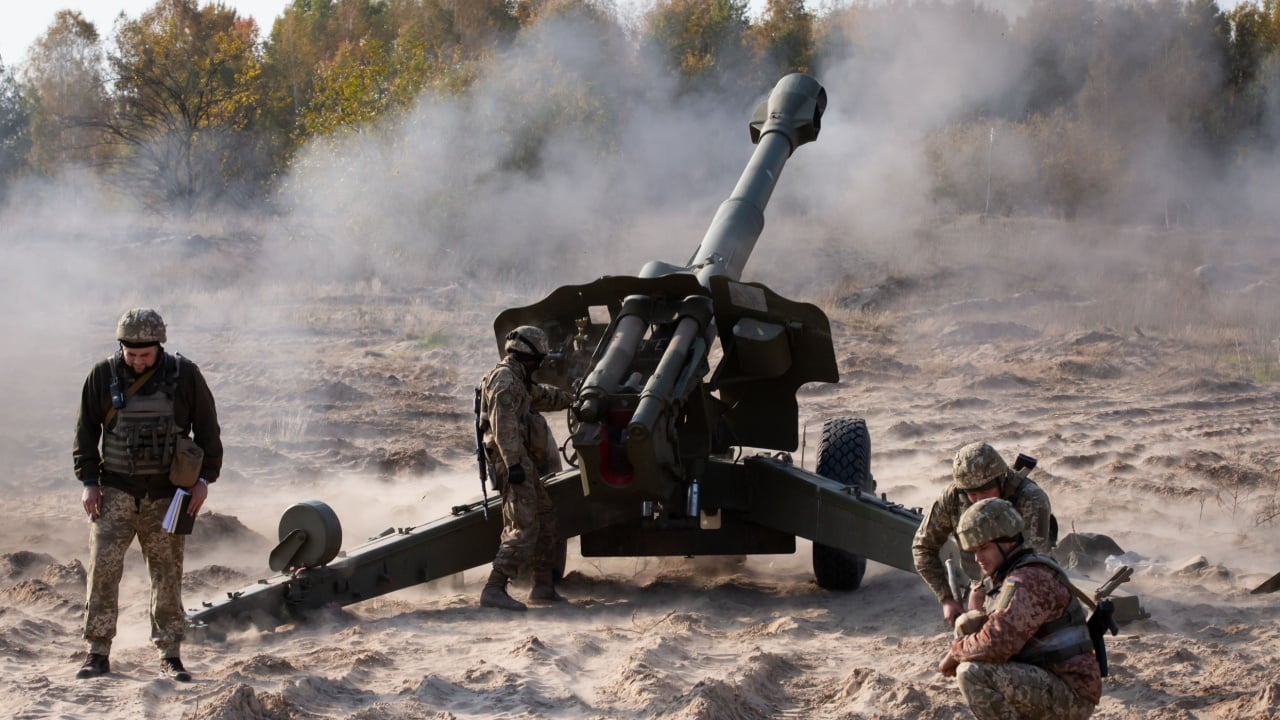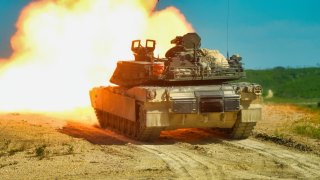The Kursk Gamble Demonstrates that Ukraine is in the Dire Straits
Facing a slow but sure grinding defeat, it seems entirely possible that the Ukrainians will make increasingly desperate efforts to draw the U.S. into the war, an outcome that American policymakers must work to avoid at all costs.
As far as material realities are concerned, the incursion into Kursk will likely not accomplish anything of value for Ukraine. Ultimately, this desperate gamble, combined with Zelensky’s announcement of a new peace plan, indicates that the Ukrainians likely understand their desperate situation.
The most obvious purpose of this attack was to serve as a diversion to draw troops away from Russia’s continued advance in the Donbas region. This plan has failed. Putin openly stated that Russia would not play into their hands by relocating frontline forces.
As even openly pro-Ukrainian reporters and analysts have admitted, the advance towards the critical supply juncture of Pokrovsk has accelerated since the Kursk incursion and has not been halted or even delayed. With Ukrainian forces around the crucial supply hub estimated to be outnumbered two to one and defensive lines not fully manned, the city’s fall seems imminent, further complicating the Ukrainian defensive actions in the east.
It is unlikely that the Ukrainian command is braindead, so they must have been aware that the experienced units they pulled off the line to attack Kursk would have significantly delayed the Russian advance. Ultimately, it seems likely they were aware that such forces would only delay, not stop the Russians. Given that reality, one might argue that this gamble, though desperate, made sense.
Numerous commentators have pointed out the similarities between this Kursk operation and Germany’s Ardennes Offensive in December 1944 as a similar offensive gamble to try and prevent what was by then a clear trajectory of defeat.
As shrewd analysts, such as John Mearsheimer, have pointed out since at least early 2023, the war has settled into a war of attrition. The three key factors in such a war are the balance of population, the balance of artillery, and the balance of resolve. Russia has an overwhelming balance of both population and artillery.
Similarly, there is strong evidence that Ukraine and Russia are both matched in resolve, though even this factor seems questionable for Ukraine, given the perpetual reports of Ukrainian men fleeing abroad or bunkering down in basements to escape being drafted by the roaming impressment gangs. In contrast, while the exact number of Russian recruits in 2023 and 2024 is disputed, though reported by Russia to number around 490 thousand in 2023, the reality is that Russia has not had to have a second call-up of reserves, despite what is reported to be high casualties in its assaults along the front.
These three factors mean that Ukraine is slated to lose a drawn-out war of attrition and must take decisive action now if it wishes to avert defeat.
In addition to serving as a diversionary attack, there is speculation that the incursion was meant to secure Russian territory that could then be traded in negotiations. Zelensky seemed to state as much when he spoke of the peace plan he would be presenting to the U.S.
However, this seems unlikely to work. Russia has officially annexed four Ukrainian oblasts and as far as they are concerned, there is no difference between a square kilometer in Kursk or Kherson. At any rate, Russian foreign minister Lavrov has stated that talks are out of the question in light of the incursion, and it seems unlikely that Ukrainian forces would be able to hold onto territory in Kursk against a determined Russian counter-attack.
Ukraine is running out of men, equipment, and ultimately time. The incursion is evidence that the Ukrainian leadership understands this. The danger for Americans is how said leadership will react when this offensive fails to stop the Russian seizure of Pokrovsk. Facing a slow but sure grinding defeat, it seems entirely possible that the Ukrainians will make increasingly desperate efforts to draw the U.S. into the war, an outcome that American policymakers must work to avoid at all costs.

About the Author
Zachary Yost is a freelance writer and a Fall 2021 Marcellus Policy Fellow with the John Quincy Adams Society. He has been published in a variety of outlets, including The National Interest, The Washington Times, and The American Conservative. He is the co-host of the Mises Institute’s monthly foreign policy podcast, War, Economy, and State, and writes at his Substack blog, The Yost Post.
Image Credit: Creative Commons and/or Shutterstock.


